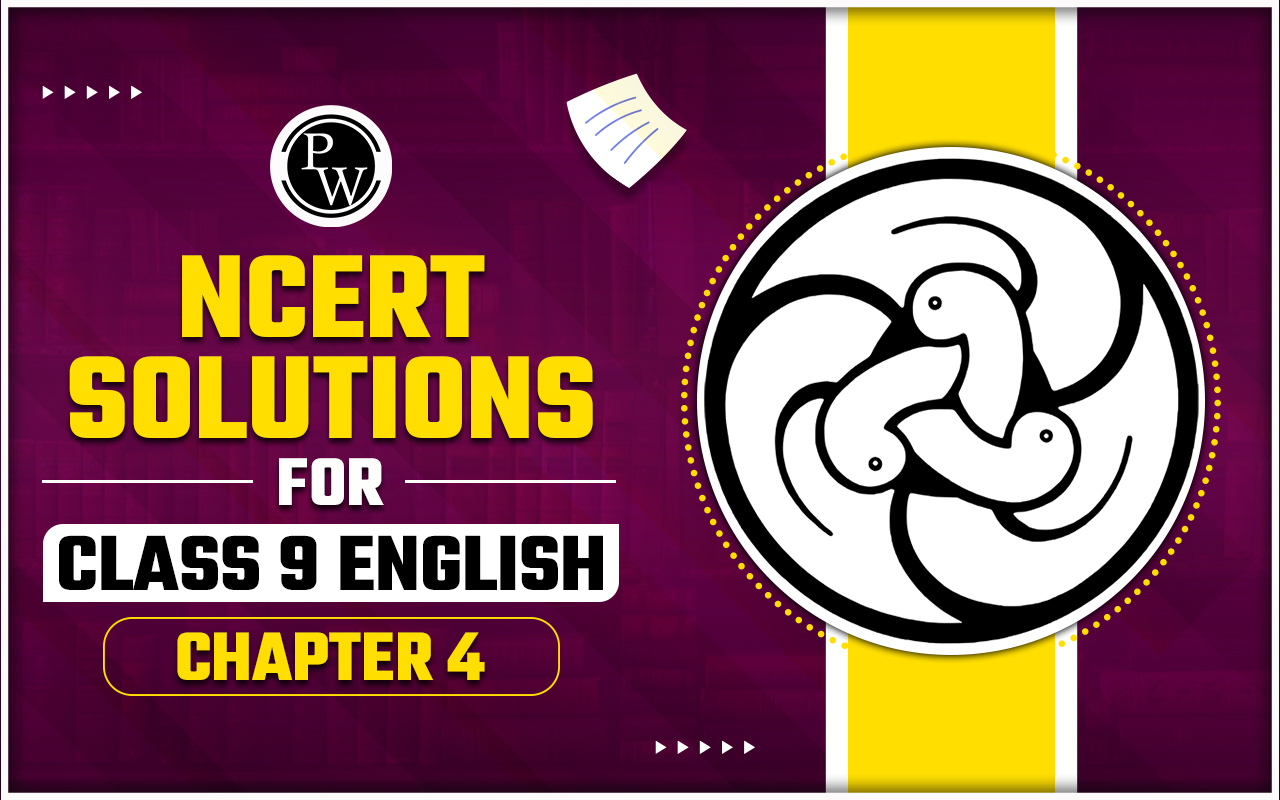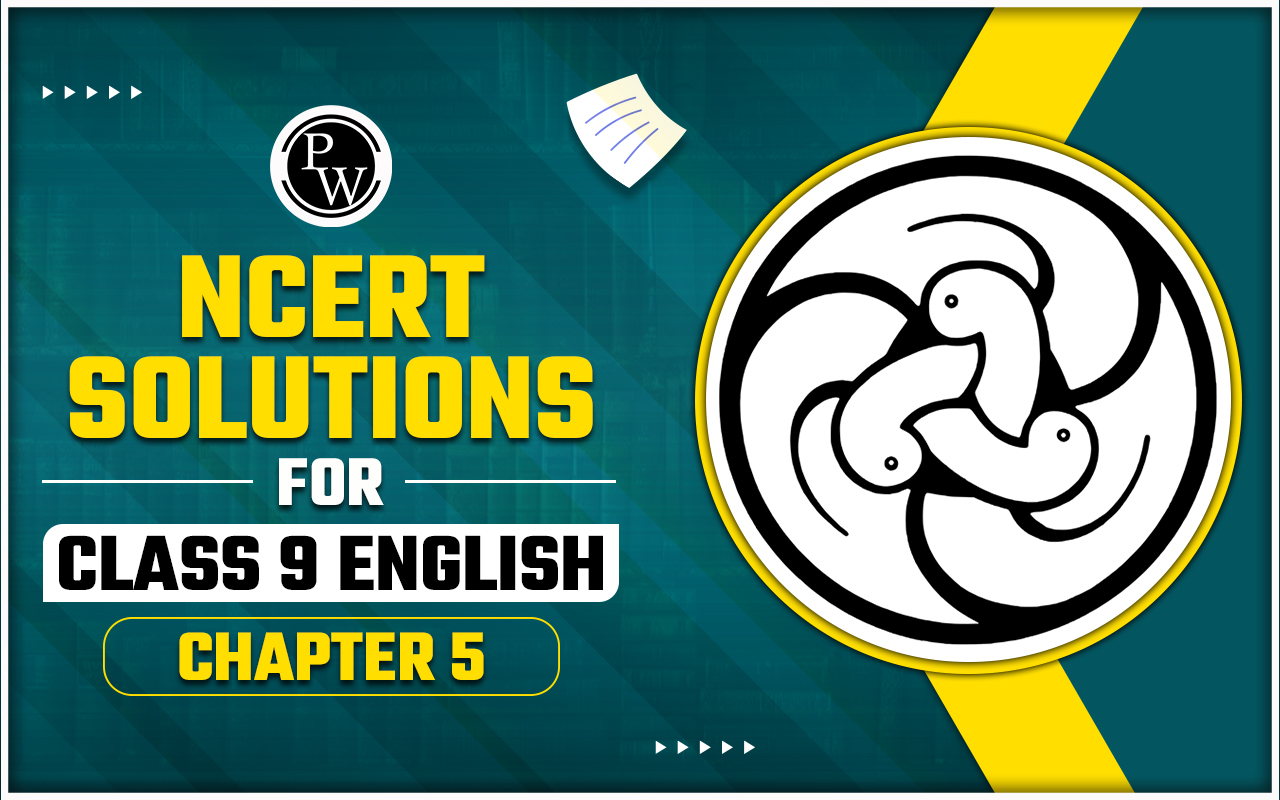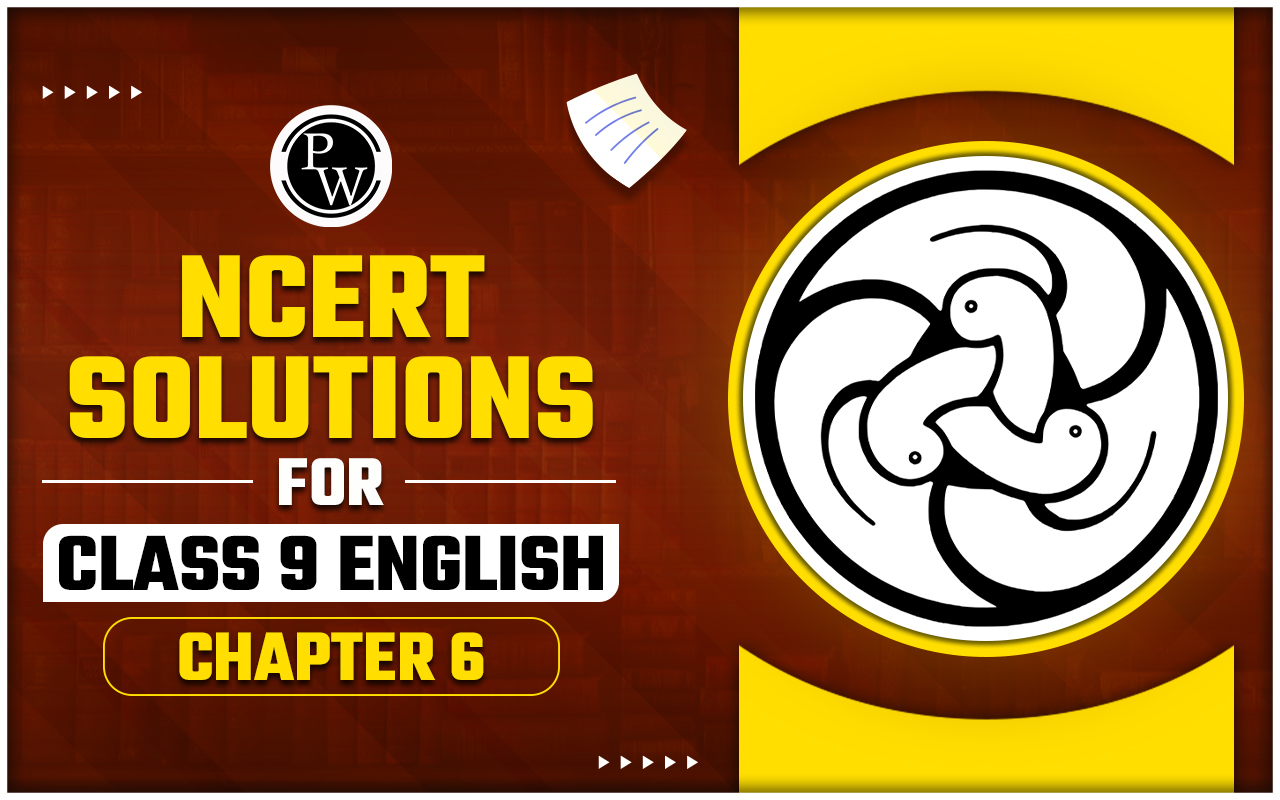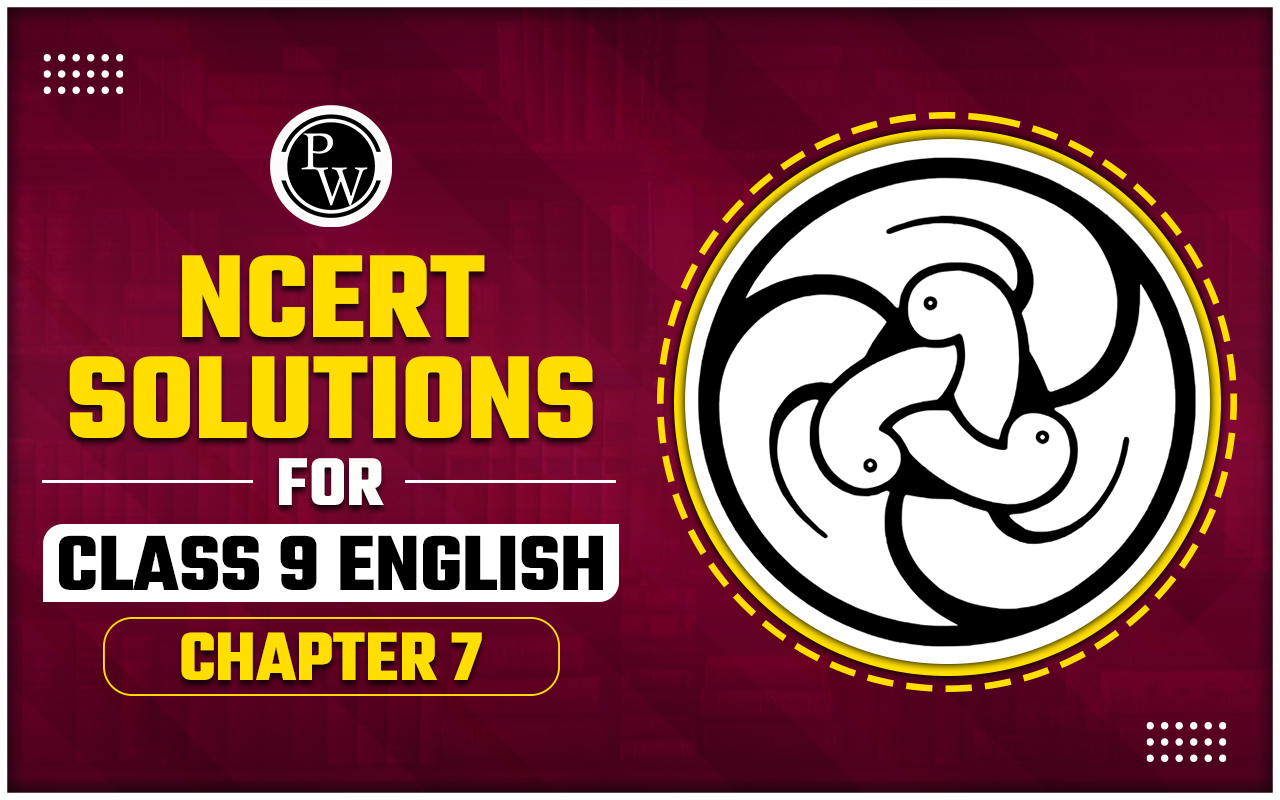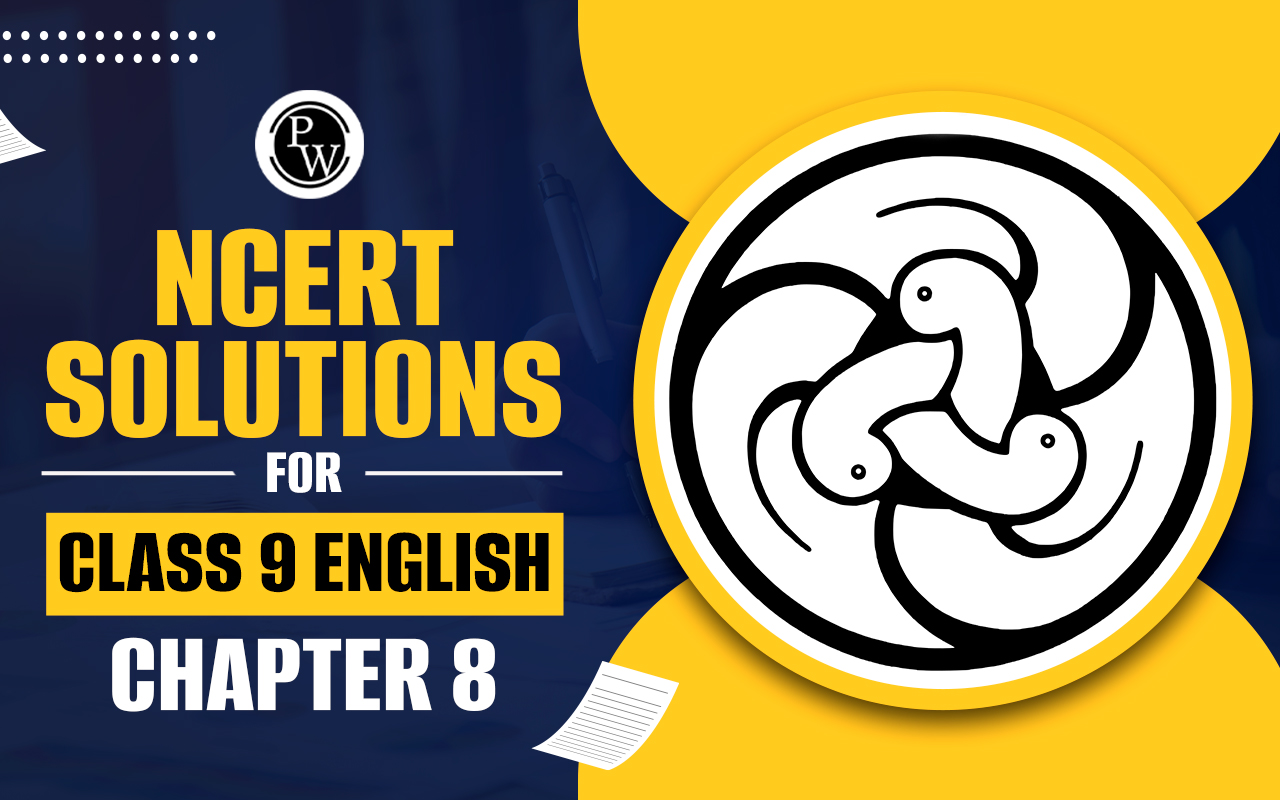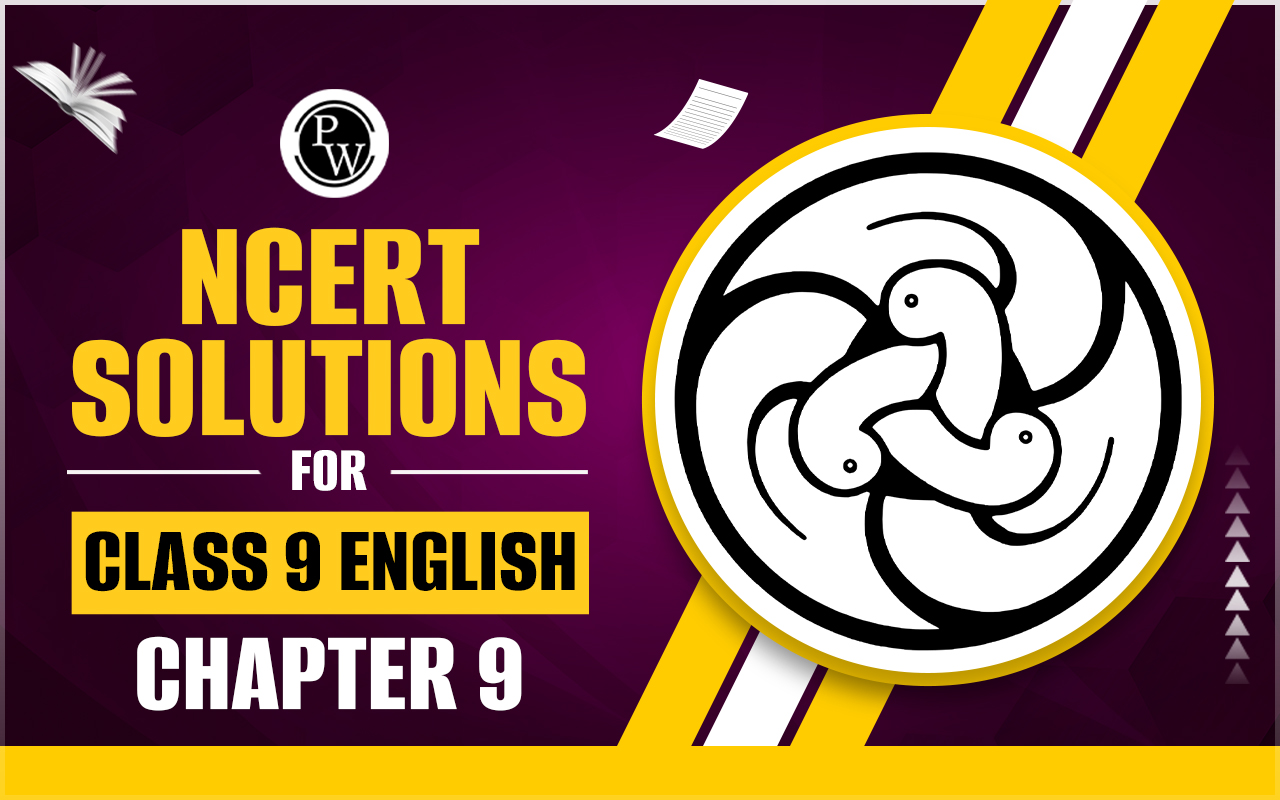
Important Questions for Class 9 English Beehive Chapter 5 Poem A Legend of The Northland help students revise the poem effectively. By studying these questions, students can understand the story clearly, learn the values of generosity and kindness and prepare effectively for exams.
Important Questions for Class 9 English Beehive Chapter 5 Poem A Legend of The Northland Overview
A Legend of the Northland is a poem that tells a story from the Northland, a cold, northern region likely in Scandinavia. The poem revolves around a selfish old woman who refuses to share her food with Saint Peter, a weary and hungry traveler.
Despite having plenty of provisions, she bakes only a tiny cake for him and tries to give him less each time. Her extreme greed and lack of generosity provoke Saint Peter who curses her and transforms her into a woodpecker.
This transformation is symbolic, showing the consequences of selfishness: the woodpecker must now peck endlessly at trees to find food, reflecting the punishment for her unkind behavior.
The poem emphasizes the virtues of generosity, kindness, and hospitality, contrasting them with greed and selfishness. Through its story, the poem teaches that selfishness and greed lead to negative consequences, while helping others and sharing generously is the right moral choice.
The narrative also includes vivid imagery, such as comparing children to bear cubs, to show their playful and wild nature in the harsh Northland environment.
The poet introduces the story as a traditional legend, passed down through generations, with the aim of imparting moral lessons. Overall, the poem blends a supernatural element, moral teaching and cultural setting, making it both educational and engaging for students.
Important Questions for Class 9 English Beehive Chapter 5 Poem
Below are the important questions for revision. The A Legend of the Northland important question section helps students understand key events, characters and moral lessons from the poem.
1. Why did Saint Peter curse the woman? What did he turn her into?
Ans. Saint Peter cursed the woman because she was extremely selfish and greedy. Despite having ample food, she chose to bake an exceedingly small cake for him, unwilling to share her resources. As a punishment for her selfishness, Saint Peter turned her into a woodpecker. The transformation signifies her punishment, forcing her to peck continuously at trees to find food.
2. Who was she and why was she changed to a bird?
Ans. The woman in the poem is not named but is simply referred to as a selfish old woman. She was changed into a woodpecker by Saint Peter because of her unwillingness to help others and share her resources, even when she had plenty. This transformation serves as a symbolic penalty for her selfishness, embodying the struggle she imposed on Saint Peter by making him wait for a very small piece of cake.
3. ‘You are too selfish to dwell in a human form.’ Who said this and to whom? Why did he say so?
Ans. This statement was made by Saint Peter to the selfish old woman. He said this as a condemnation of her selfish behavior, highlighting that her actions were not fitting of a human being. Her lack of generosity and hospitality towards him, despite his simple request, demonstrated a level of greed that Saint Peter found unacceptable, leading to her transformation into a bird that must tirelessly seek its food.
4. Describe the theme of the poem ‘A legend of the Northland ‘?
Ans. The theme of "The Legend of the Northland" centers around the virtues of generosity and the vices of selfishness. The poem illustrates how greed and self-centeredness lead to negative consequences, as seen through the transformation of the selfish woman into a woodpecker. It serves as a moral lesson that emphasizes the importance of hospitality and sharing, particularly to those in need.
5. What is a ballad? Is this poem a ballad?
Ans. A ballad is a form of verse, often a narrative set to music. Ballads typically consist of simple language and rhyme, and they tell dramatic, tragic, or romantic stories with a refrain or repeated lines. "The Legend of the Northland" can be considered a ballad as it narrates a story with a moral lesson, uses a rhythmic and simple structure to convey its tale, and has a song-like quality which is typical of traditional ballads.
6. Why did the woman bake a little cake?
Ans. In the poem, the woman bakes a little cake for Saint Peter because she is extremely selfish and does not want to part with her provisions. Each time she attempts to bake a cake for him, she finds it too large to give away and keeps making it smaller, reflecting her unwillingness to share her resources, even with someone in need like Saint Peter.
7. Why was Saint Peter tired and hungry?
Ans. Saint Peter was tired and hungry because he had been traveling a long way. The poem suggests that he was journeying across the Northland, which involved considerable physical exertion. His state of weariness and hunger led him to seek food and rest, prompting his visit to the woman's house where he asked for some food. His physical state emphasizes his vulnerability and the stark contrast between his humble request and the woman's selfish refusal.
8. Which country or countries do you think "the Northland" refers to?
Ans. "The Northland" in the poem likely refers to the regions in the far north of Europe, possibly Scandinavia. This term is often used to describe northern countries known for their cold climates and extensive wilderness, which would include areas like Norway, Sweden, Finland, and possibly parts of Russia.
9. How does the woodpecker get her food?
Ans. The woodpecker gets her food by pecking at the bark of trees. This method involves drilling with her beak into the wood to find insects and larvae hidden inside. This laborious process reflects the punishment imposed by Saint Peter, as the bird must continually work hard to sustain herself, mirroring the harshness with which she treated Saint Peter when he asked for food.
10. Do you think that the old lady would have been so ungenerous if she had known who Saint Peter really was? What would she have done then?
Ans. It's likely that if the old lady had known she was dealing with Saint Peter, a figure of significant religious importance, she might have acted differently. Out of fear or reverence, she could have been more generous, offering a larger piece of cake or showing more hospitality. Her actions were driven by selfishness without the awareness of the potential consequences or the true identity of her guest.
11. Is this a true story? Which part of this poem do you feel is the most important?
Ans. "The Legend of the Northland" is not a true story; it is a legend, which means it is a traditional story that typically features supernatural events or characters and is passed down through generations. The most important part of this poem is the transformation of the old lady into a woodpecker, as it serves as the moral climax of the story, emphasizing the consequences of selfishness and the importance of generosity.
12. What is a legend? Why is this poem called a legend?
Ans. A legend is a narrative that usually features human actions perceived both by teller and listeners to have taken place within human history and demonstrating human values, and which possesses certain qualities that give the tale verisimilitude. Legends are often about extraordinary deeds, events, or heroes and are traditionally believed to have some basis in historical fact. This poem is called a legend because it narrates a moral and supernatural tale that explains the origin of a natural phenomenon (the woodpecker) and imparts a lesson, aligning with the characteristics of legends.
13. What does the poet tell us about the story she is about to narrate? Why does she want to tell the tale?
Ans. The poet introduces the story as a legend from the Northland, a tale passed down through generations. She intends to narrate a story that, although may not be believed by all (as she mentions it might be deemed a fable or idle tale), carries a profound moral lesson about generosity and the consequences of selfishness. The poet wants to tell the tale to impart this lesson, emphasizing the importance of selflessness and the potential supernatural consequences of failing to live up to moral expectations.
14. The children look like bear’s cubs.’ What have the children been compared to? Why?
Ans. In the poem, the children are compared to bear cubs, likely emphasizing their wild, unkempt appearance or perhaps their playful, innocent nature. This simile could be used to evoke a vivid image of the children in a rugged, natural setting of the Northland, contributing to the atmosphere of the story and emphasizing their innocent yet untamed characteristics, which contrasts with the moral failing of the adult character in the legend.
15. Explain: ‘And surely such a woman was enough to provoke a saint.’ Who was the lady and how did she provoke the saint?
Ans. This line refers to the selfish old woman in the poem who provoked Saint Peter. The lady provoked him through her extreme stinginess and lack of hospitality. Despite having ample food, she was unwilling to part with even a small amount when Saint Peter, who was tired and hungry from his travels, asked for a piece of cake. Her behavior was so miserly that she kept making smaller and smaller cakes, unwilling to share a reasonable amount, which ultimately led to her transformation as a punishment by Saint Peter. This line implies that her actions were so egregious that they could even test the patience of a saint, who is typically epitomized by virtue and patience.
16. What is the message of the poem?
Ans. The message of "The Legend of the Northland" is a moral lesson about the virtues of generosity and the vices of selfishness. The poem illustrates the consequences of greed and the importance of sharing with others, especially those in need. It teaches that being miserly and withholding help can lead to dire consequences, as seen in the punishment of the old woman who is transformed into a woodpecker, forever struggling to find food. The narrative encourages readers to be generous and hospitable, highlighting these as essential human qualities.
17. Why does the poet say that the hours of the day are few? Explain.
Ans. The poet's remark that "the hours of the day are few" likely reflects the environmental conditions of the Northland, a region characterized by long winters and short days, especially in terms of daylight. This phrase helps set the scene of the poem, emphasizing the harsh, cold, and dark setting which can contribute to the urgency and hardships faced by the characters, such as Saint Peter's need for shelter and sustenance.
18. Where does this legend belong to and what kind of country is it?
Ans. The legend belongs to the Northland, which is typically understood to refer to the northern regions of the world, such as Scandinavia. This area is known for its severe, frigid climate with long winters and very short days, particularly in the extreme north where during winter, the sun barely rises. The landscape is often described as rugged and vast, filled with dense forests and sparse populations, which adds a mystical and harsh backdrop to the legend.
Important Questions for Class 9 English Beehive Chapter 5 Poem A Legend of The Northland PDF Download
Students can download the Important Questions for Class 9 English Beehive Chapter 5 Poem A Legend of The Northland in PDF format. By downloading the PDF, students can revise conveniently anytime, understand the story better, and prepare effectively for their exams.
A Legend of The Northland
Study without using the internet
Benefits of Using Important Questions for Class 9 English Beehive Chapter 5 Poem A Legend of The Northland
Here are the Benefits of Using Important Questions for Class 9 English Beehive Chapter 5 Poem A Legend of The Northland.
-
Solving important questions for this poem helps students understand its story, themes, and the types of questions that may appear in exams.
-
These questions cover key points from the syllabus, such as the moral of the legend, the actions of the characters, meanings of difficult words and important lines providing complete practice.
-
Regular practice with these questions improves answer-writing skills and helps students remember important lines during exams. It also allows students to identify weak areas and correct mistakes before the final exam.
-
Practicing important questions gives a real exam-like experience, which boosts confidence. It is an effective way to revise the main concepts, themes, and vocabulary of the poem.
-
When used along with class notes, NCERT solutions and previous year questions these important questions strengthen overall preparation for Class 9 English exams.
Important Questions for Class 9 English Beehive Chapter 5 Poem FAQs
How do these Important Questions for Class 9 English Beehive Chapter 5 Poem A Legend of The Northland help in exam preparation?
Are these questions enough to understand the poem fully?
What values does the poem teach?
Who is the main character in the poem?




